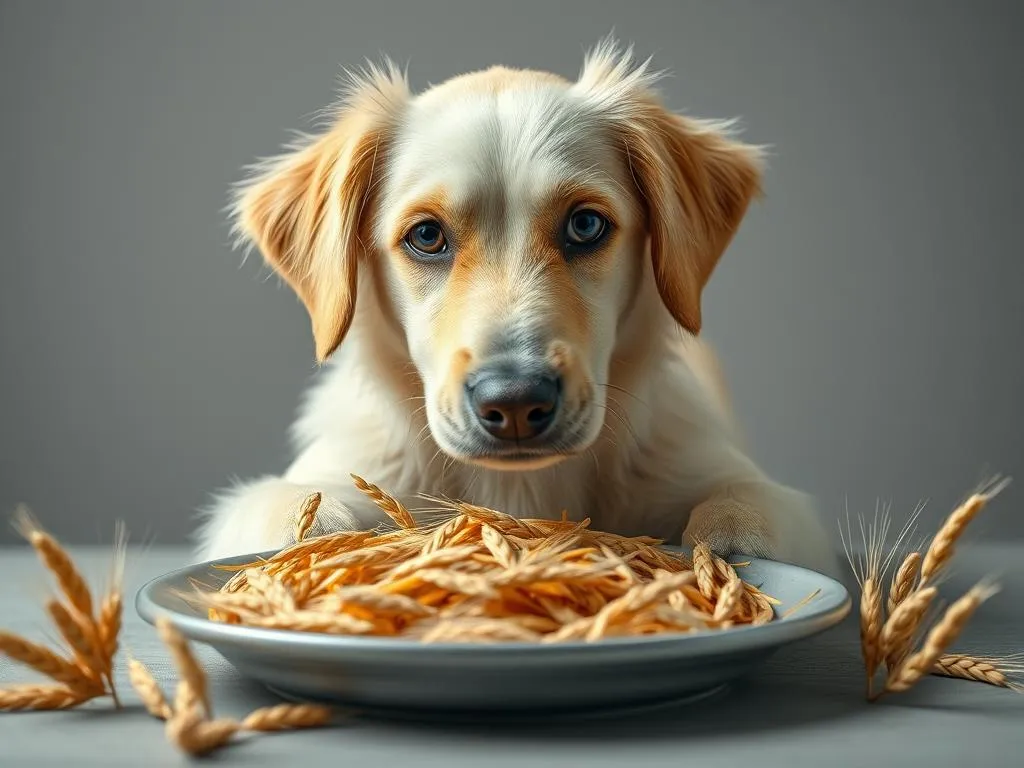
Introduction
Overview of Dog Nutrition
Understanding dog nutrition is vital for any pet owner. A balanced diet not only supports a dog’s overall health but also enhances their quality of life. Just like humans, dogs require a variety of nutrients to thrive, including proteins, fats, carbohydrates, vitamins, and minerals. However, many pet owners hold misconceptions about what foods are safe for their canine companions, often thinking that if a food is safe for humans, it must be safe for dogs as well.
Purpose of the Article
This article aims to explore the question: “Can dogs eat wheat thins?” We will delve into the potential benefits and risks associated with feeding dogs human snacks, particularly focusing on Wheat Thins, a popular snack choice among humans. Understanding the implications of sharing your snacks with your dog is crucial for their health and well-being.
Understanding Dog Nutrition
Basic Nutritional Needs of Dogs
Dogs are omnivores, meaning they can consume both plant and animal-based foods. Their nutritional needs can be broken down into several essential categories:
- Proteins: Crucial for muscle development, tissue repair, and immune function.
- Fats: Provide energy, support cell growth, and help absorb certain vitamins.
- Carbohydrates: Offer a source of energy, though their necessity is often debated.
- Vitamins and Minerals: Support various bodily functions, including bone health and metabolic processes.
A balanced diet for dogs typically includes high-quality commercial dog food or a carefully planned homemade diet that meets these nutritional needs.
Common Dog Diets
Pet owners can choose from various types of diets for their dogs:
- Commercial Dog Food: These products are formulated to meet the nutritional standards set by veterinary associations. They range from dry kibble to wet canned food.
- Homemade Diets: Some owners prefer to prepare meals at home to ensure quality ingredients, but this requires careful planning to meet all nutritional needs.
- Raw Food Diets: This controversial diet consists of raw meat, bones, fruits, and vegetables. While some advocate for its benefits, it poses risks such as nutritional imbalances and bacterial contamination.
Wheat Thins: An Overview
What are Wheat Thins?
Wheat Thins are a popular brand of baked snack crackers made primarily from wheat flour. They are known for their light, crispy texture and are often enjoyed with dips or toppings. The ingredients typically include whole grain wheat, canola oil, and various seasonings. While they are a beloved snack for humans, it’s essential to consider whether the same applies to dogs.
Nutritional Content of Wheat Thins
The nutritional content of Wheat Thins varies by flavor and formulation, but generally, they contain:
- Calories: Approximately 140 per serving (16 crackers).
- Carbohydrates: Around 23 grams, mainly from wheat.
- Fats: About 5 grams.
- Fiber: Approximately 3 grams.
Additionally, Wheat Thins may contain additives or preservatives that are not necessarily harmful to humans but could pose risks to dogs.
Can Dogs Eat Wheat Thins?
Safety Considerations
When considering whether dogs can eat Wheat Thins, it’s crucial to evaluate the safety of the ingredients.
- Potential Allergens: Wheat is a common allergen for dogs, especially those with sensitivities or gluten intolerance. Feeding Wheat Thins to a dog with such conditions can lead to digestive issues.
- Effects of Salt and Sugar: Wheat Thins may contain added salt and sugar, which can be harmful to dogs. High sodium levels can lead to increased thirst and urination, while sugar can contribute to obesity and dental issues.
Health Risks
Feeding dogs processed snacks like Wheat Thins can lead to several health risks:
- Obesity and Weight Management: Regularly feeding high-calorie snacks can contribute to weight gain, which poses various health problems, including joint issues and diabetes.
- Gastrointestinal Issues: Dogs may experience bloating, diarrhea, or vomiting after consuming processed snacks, particularly if they are not accustomed to them.
- Long-term Health Implications: Regular consumption of human snacks can lead to an imbalanced diet, depriving dogs of essential nutrients they need from their regular dog food.
Benefits of Wheat Thins for Dogs
Possible Positive Aspects
While Wheat Thins are not the healthiest option for dogs, there can be some positive aspects when fed in moderation.
- Occasional Treat in Moderation: Just like humans, dogs enjoy a variety of flavors and textures. A few Wheat Thins can be an occasional treat, provided they do not form a regular part of their diet.
- Comparisons with Other Snack Options: When compared to other processed snack foods that may be even more harmful to dogs, Wheat Thins can be seen as a safer alternative, provided the dog does not have sensitivities to wheat.
When Wheat Thins Might Be Acceptable
If you choose to offer Wheat Thins to your dog, consider the following:
- Situations Where It Can Be a Safe Treat: If your dog is not allergic to wheat and has no underlying health conditions, a small amount of Wheat Thins during special occasions may be acceptable.
- Recommended Portion Sizes: Limit the serving size to a few crackers, ensuring that they do not exceed more than 10% of your dog’s daily caloric intake.
Alternatives to Wheat Thins
Healthier Snack Options for Dogs
Fortunately, there are many healthier snack options for dogs that provide more nutritional benefits without the risks associated with processed snacks:
- Fruits and Vegetables: Many dogs enjoy fruits like apples (without seeds), blueberries, and carrots, all of which are low in calories and high in vitamins.
- Commercial Dog Treats: Look for high-quality dog treats that are specifically formulated for canine health. These can offer better nutritional profiles compared to human snacks.
Homemade Dog Treat Recipes
Creating homemade treats can be a fun way to ensure your dog enjoys safe, nutritious snacks. Here are a couple of simple recipes:
- Peanut Butter and Pumpkin Treats:
- 1 cup whole wheat flour
- 1/2 cup canned pumpkin
- 1/4 cup natural peanut butter (ensure it does not contain xylitol)
-
Mix all ingredients, roll into small balls, and bake at 350°F (175°C) for 20 minutes.
-
Carrot and Apple Biscuits:
- 1 cup grated carrots
- 1/2 cup grated apple
- 1 cup oats
- Mix, shape into small biscuits, and bake at 350°F (175°C) for 25 minutes.
Making treats at home not only allows you to control the ingredients but also provides a unique bonding activity with your pet.
How to Introduce New Foods to Your Dog’s Diet
Gradual Introduction
When introducing any new food, including Wheat Thins, it is essential to do so gradually. Start with small amounts and monitor your dog’s reaction. This helps to prevent any gastrointestinal upset and allows you to gauge their tolerance.
Signs of Allergic Reactions or Intolerance
Watch for signs of allergic reactions or intolerances, which may include:
- Vomiting or diarrhea
- Excessive scratching or licking
- Swelling or hives
If any of these symptoms occur, discontinue feeding the new food immediately and consult with your veterinarian.
Conclusion
Recap of Key Points
In summary, while dogs can eat Wheat Thins in small amounts, it is crucial to consider the potential risks associated with feeding processed snacks. Wheat can be an allergen for some dogs, and the added salt and sugar may lead to adverse health effects.
Final Recommendations
Prioritize a balanced diet for your dog, focusing on high-quality dog food and healthy, dog-safe treats. Always consult a veterinarian before introducing new foods into your dog’s diet, ensuring their health and well-being are maintained.
FAQs
Common Questions Regarding Dog Nutrition
-
Can dogs eat other human snacks safely? While some human foods are safe in moderation, many processed snacks can be harmful. Always research specific foods before sharing them with your dog.
-
What to do if my dog eats something harmful? If you suspect your dog has eaten something harmful, contact your veterinarian immediately for guidance.
-
How often can I give my dog treats? Treats should not make up more than 10% of your dog’s daily caloric intake to maintain a balanced diet.
By understanding the nuances of dog nutrition and the safety of sharing snacks, pet owners can make informed choices, ensuring their furry friends remain healthy and happy.









